Art Collection of the National Academy of Sciences
Since 1924, when our landmark building opened on the National Mall in Washington, D.C., the NAS has exhibited and collected work at the intersection of art and science. Today we maintain an art collection of roughly 550 objects, many of which are publicly viewable on the first floor of the NAS Building.
NAS Art Collection Publications
Convergence: The Art Collection of the National Academy of Sciences (2012)
Convergence II: The Art Collection of the National Academy of Sciences (2021)
Pictured: Diane Burko, July 2020, 2020, mixed media on canvas, 60 x 60 inches.
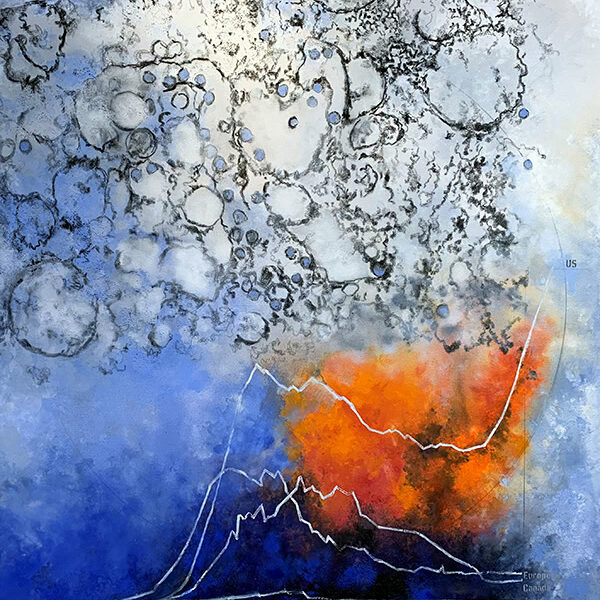
Diane Burko, July 2020, 2020, mixed media on canvas, 60 x 60 inches.
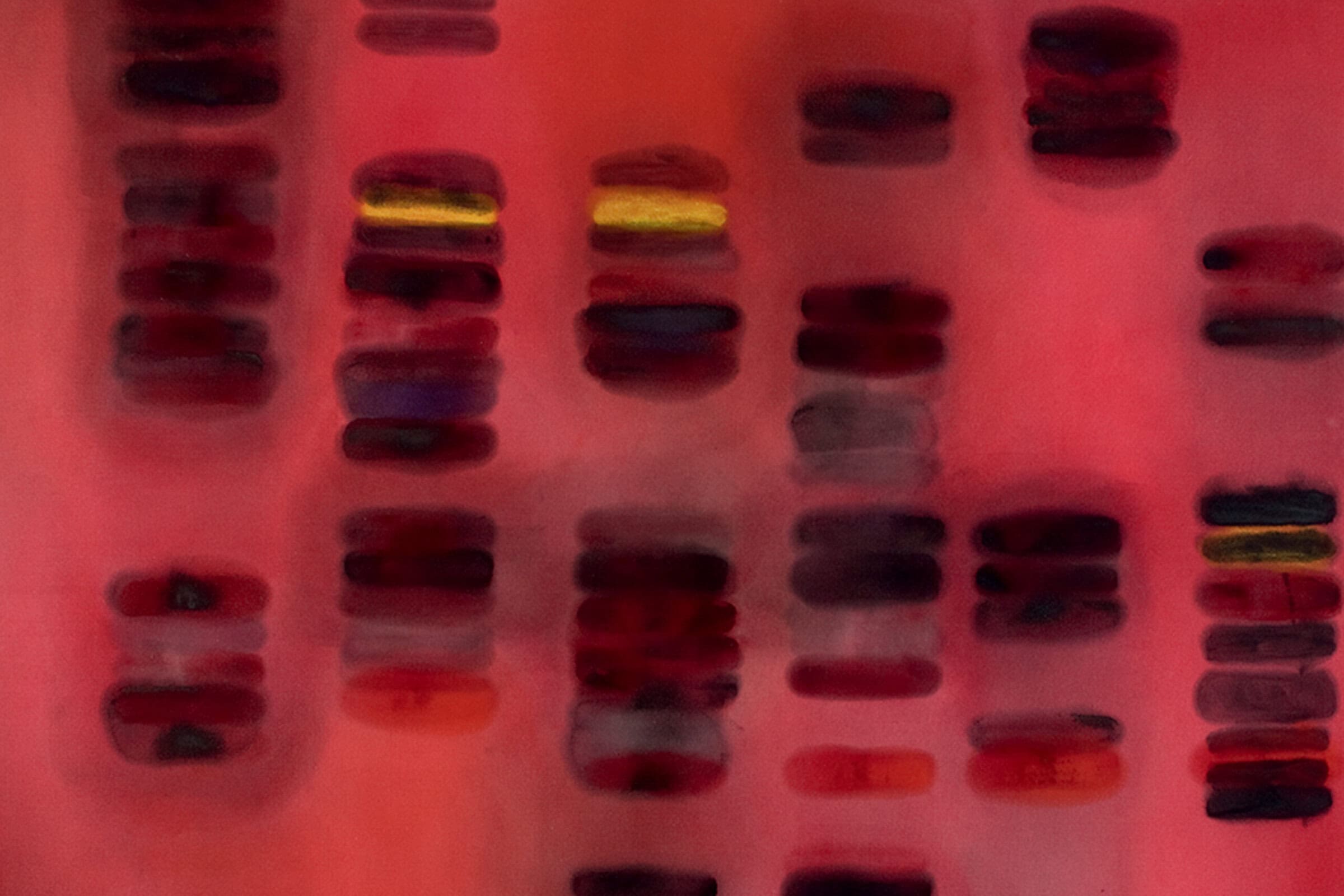
Dennis Ashbaugh, Marlyn, 2000, mixed media on canvas, 74 x 80 inches.
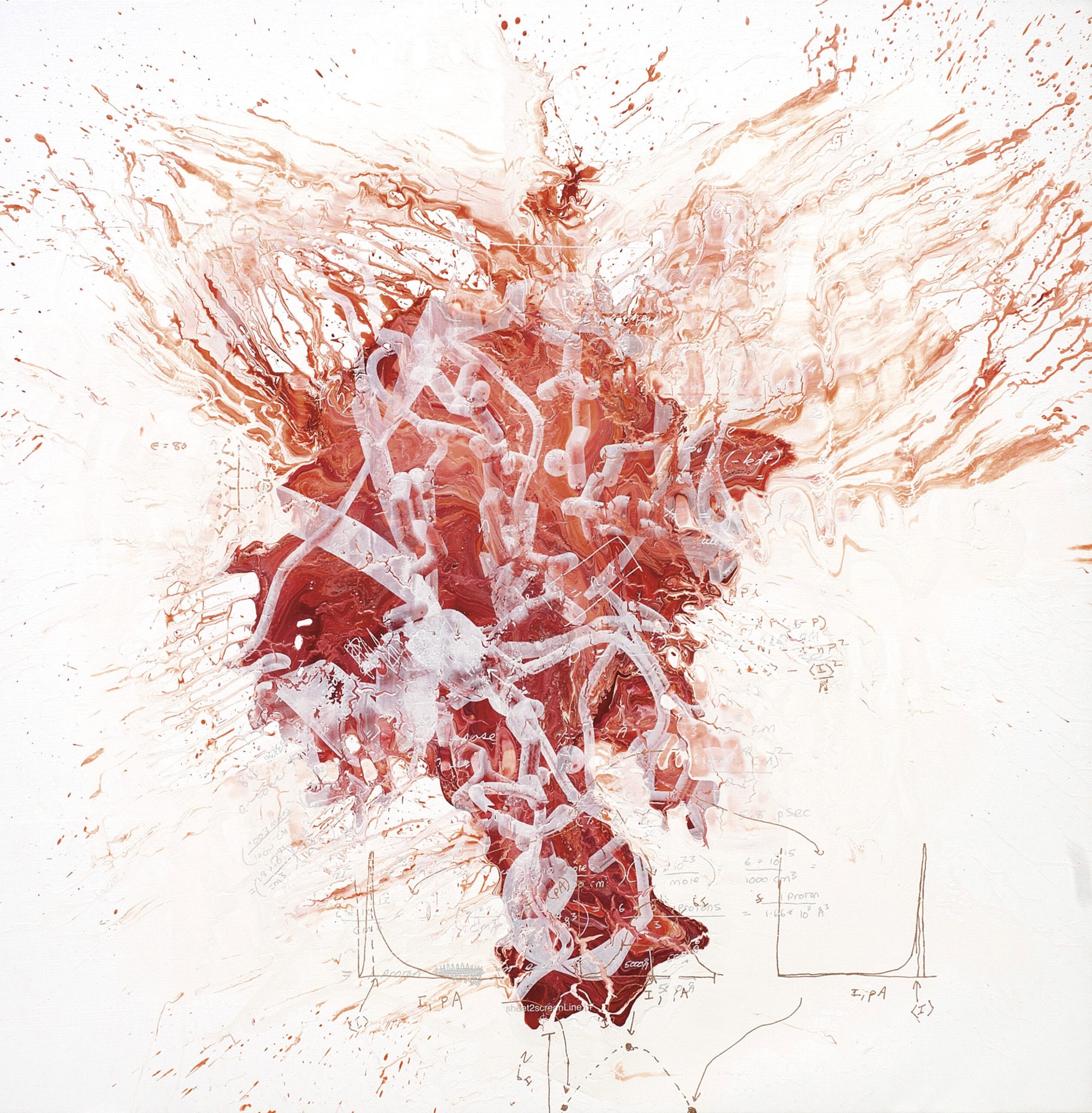
Steve Miller, Evolutionary Tango, 2008, dispersion and silkscreen enamel on canvas, 79 x 81 inches.

Kathie Foley-Meyer, In the Wake: With the Bones of Our Ancestors, 2018, watercolor, chalk, and wax on paper, 41.5 x 29 inches.
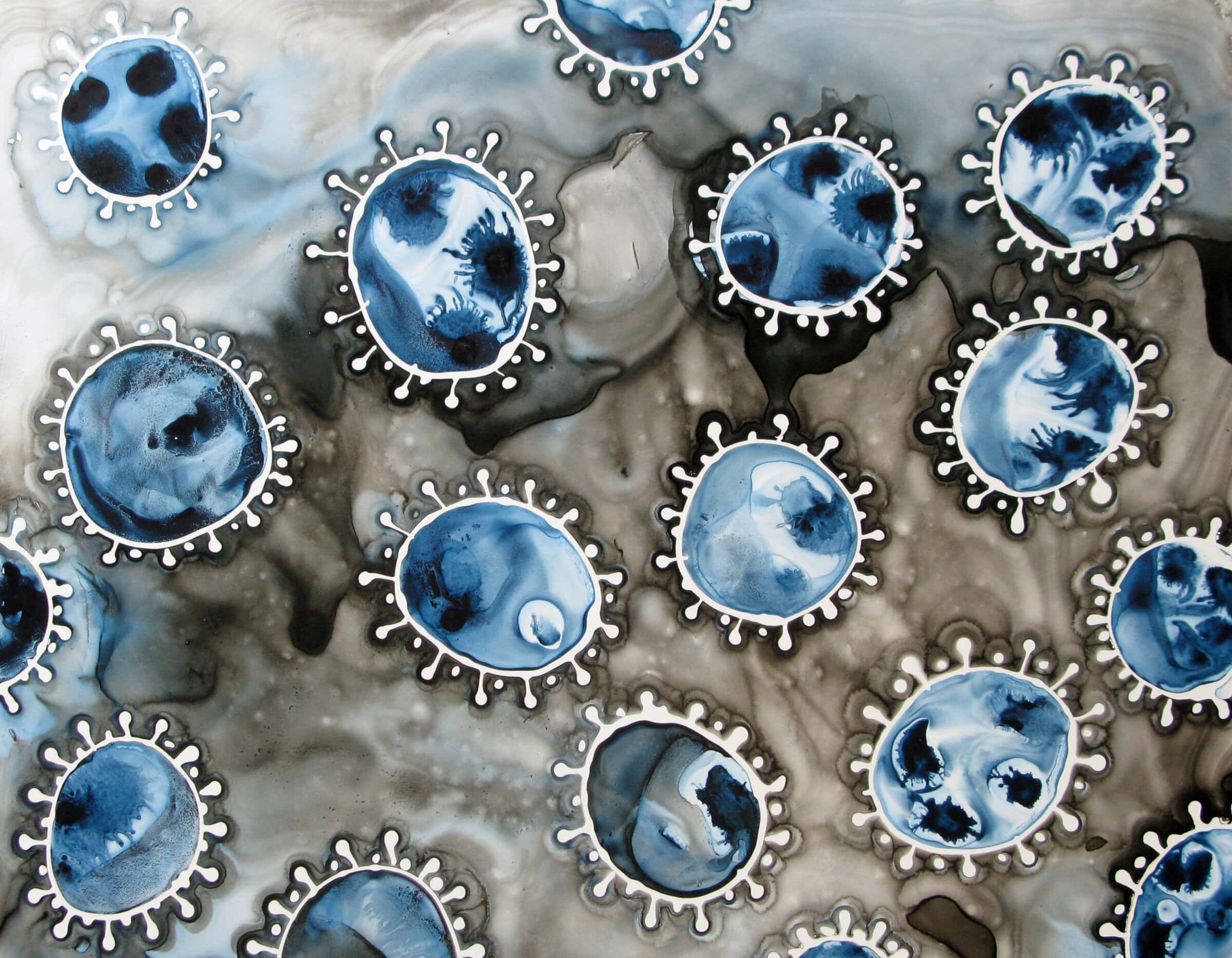
Michele Banks, Indigo Coronavirus, 2020, ink on Yupo paper, 12 x 6 inches.
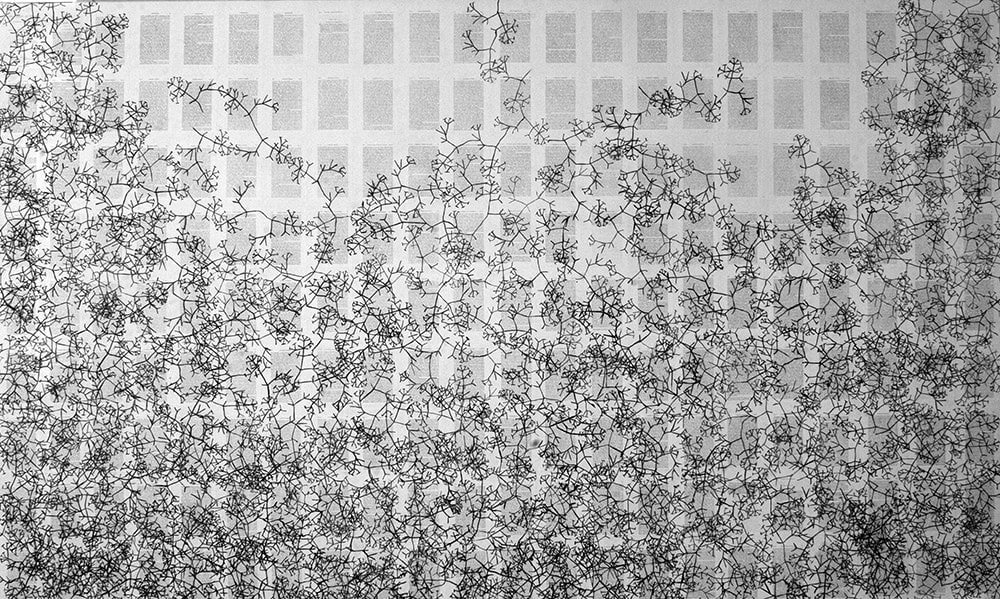
Tim Rollins + KOS, On the Origin of Species (after Darwin), 2008-2009, India ink, graphite transfer matte acrylic, and book pages on canvas, 72 x 120 inches.